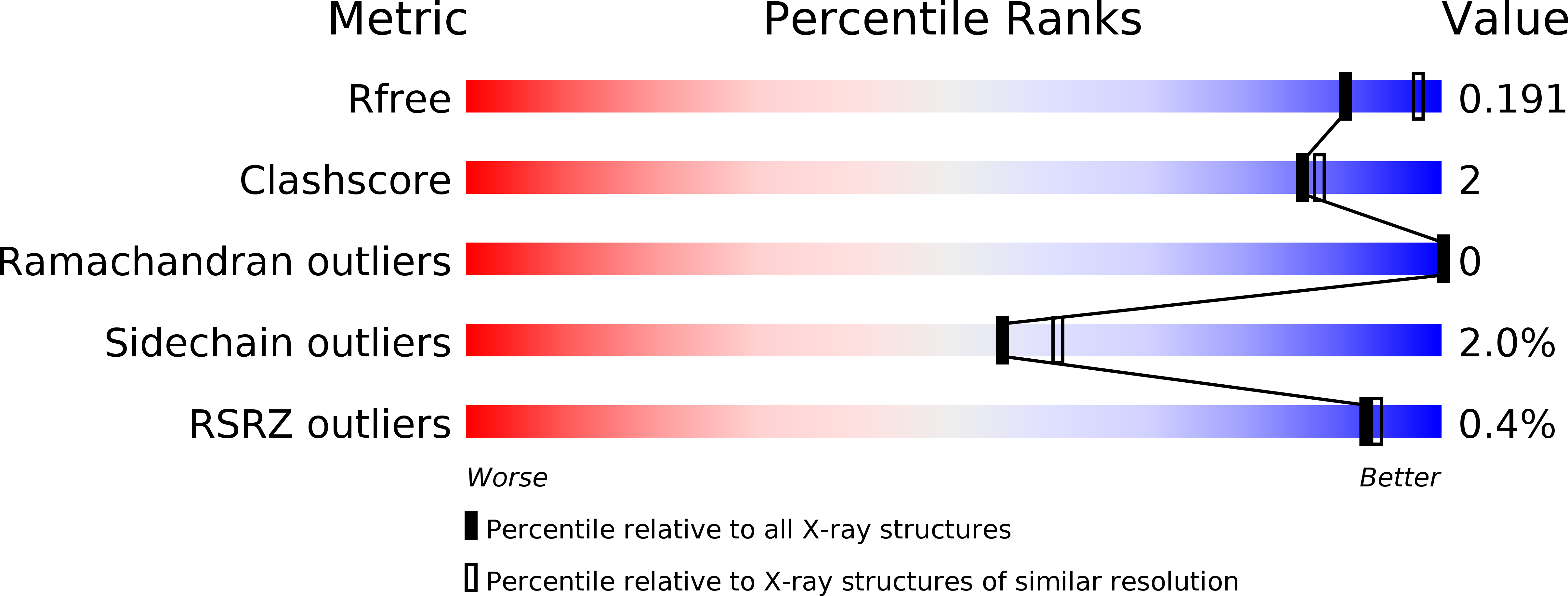
Deposition Date
2018-12-28
Release Date
2019-11-06
Last Version Date
2023-11-22
Entry Detail
PDB ID:
6J1C
Keywords:
Title:
Photoswitchable fluorescent protein Gamillus, N150C/T204V double mutant, off-state
Biological Source:
Host Organism:
Method Details:
Experimental Method:
Resolution:
2.09 Å
R-Value Free:
0.17
R-Value Work:
0.16
R-Value Observed:
0.16
Space Group:
I 21 3


